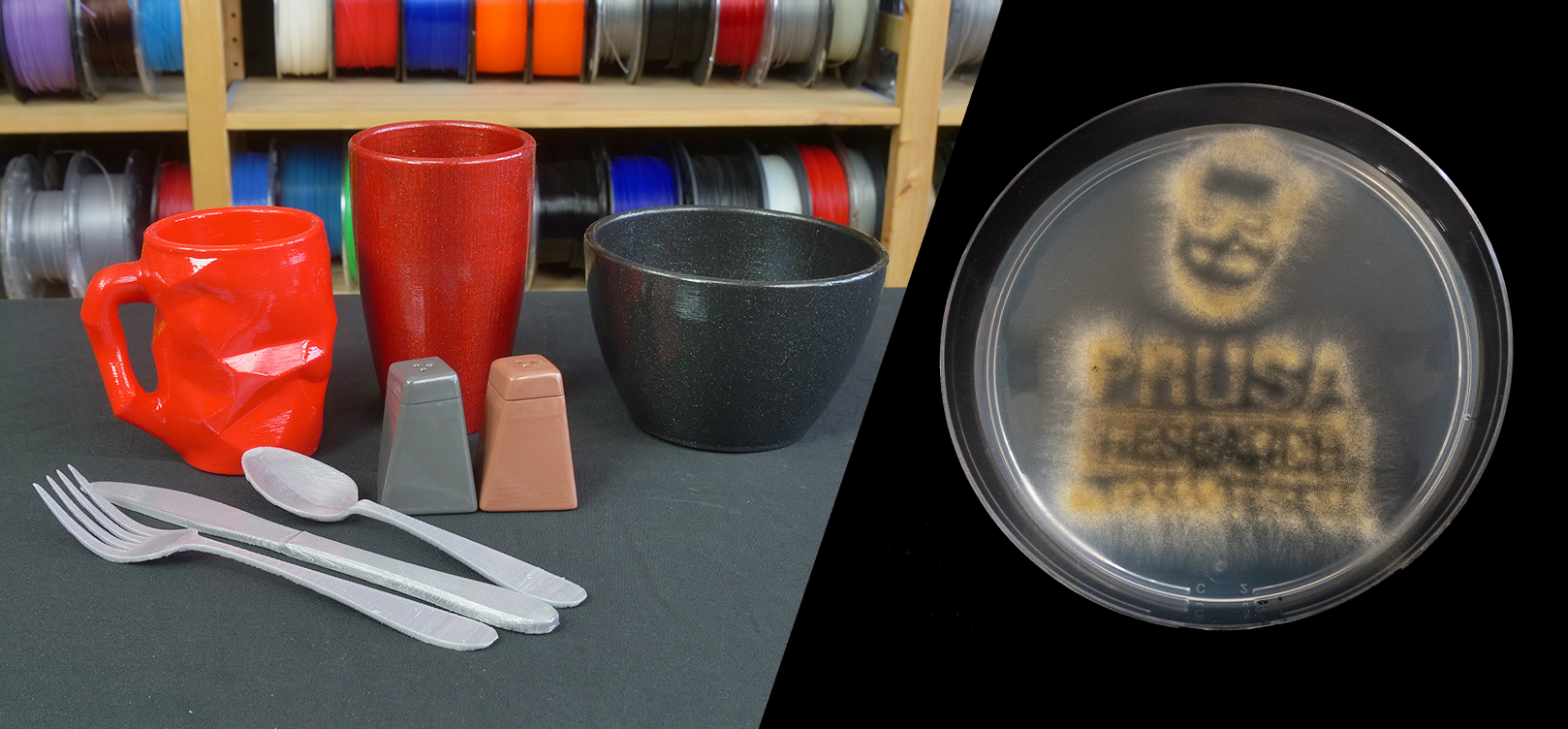There is an instructive lesson here from cutting boards.
Wooden cutting boards kill = dissolve bacteria, overnight.
Plastic cutting boards grow bacteria, overnight.
Cliver et al in Journal of Food Science totally established this quite a few years ago; the original findings by Kampfelmacher (in German) date from 1972 when polypropylene cutting boards first hit the market. Nobody has ever figured out what the chemical is in the wooden cutting boards that kills the bacteria, including E coli o157. Every species of wood worked, but note that bamboo doesn't work on E coli.
The takehome lesson here is that plastic grows bugs.
I understand the concern about microplastics but that -- IMHO -- doesn't have a whole lot to do with the kind of food safety discussion that we have here about "How safe is my sax mouthpiece, to put in my mouth?" I can assure you that if my mouthpiece were to be fabricated from wood, and left uncoated like a topnotch cutting board is oiled but not "finished", it would be bacteria-free. Of course my mouthpiece is plastic like everybody else's. Maybe I'll even go look and see if it has a brand on it; it came with my Selmer Bundy 2. I'm a newbie who played clarinet my whole life and as it turns out really disliked the whole experience; got my sax a few months ago; got the hang of it a few weeks ago; and I am so happy you wouldn't believe it. Turns out that nobody ever told me all these years that the register break on the clarinet is 12 notes, and on the sax it's a perfectly reasonable and rational and easy to riff on eight notes -- an octave -- duh. OMG.
![Image]()





